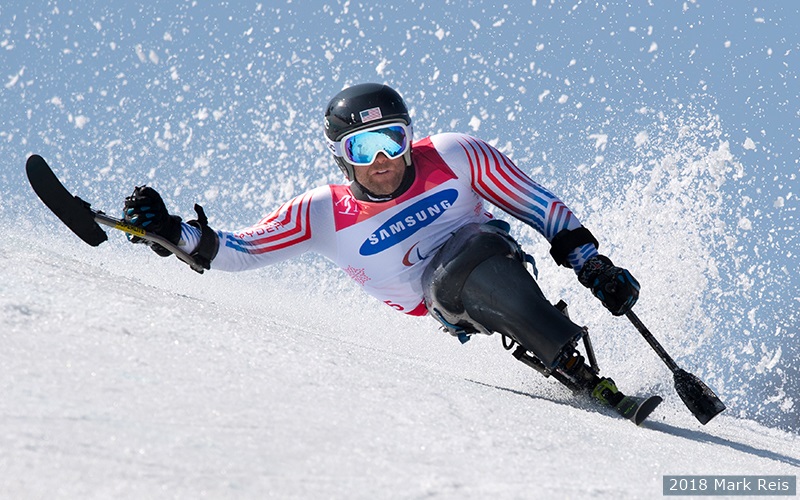
It took me a long time to accept that most wood-based, conventional housing & RV’s would not allow me to achieve optimum health.
Why didn’t I accept this sooner? Not because of science or logic. Just because of societal standards.
When you go shopping for skis, you expect to pay maybe, $400 – $2000, depending on how high-end you want your equipment to be. If someone tells you their skis cost $25,000, you’d laugh, and say that is a very bad way to spend money.
Which is kind of how I felt about living in metal shelters when I was beginning mold avoidance. I laughed, and said that that isn’t a very good way to live.
So the topic of societal norms is very important here. Because when I finally did start living in my custom RV, my health began to skyrocket. And I realized that the “normal rules” don’t apply to me, and that I had to live slightly outside of societal norms in order to live my best life. And, in fact, doing this wasn’t just “a little bit worth it.” It was really worth it!
Now, metal housing isn’t that expensive. It can be very cheap. But that is not the point of my analogy.
My point is that there are different trade-offs for some of us. Sometimes the normal societal boundaries don’t work well for us.
Like, for example, Tyler Walker, who is pictured above. He is a
Paralympics sit-skier, who finds it very worthwhile to have custom skiing gear, which allowed him to achieve TWO silver medals. No one is going to be telling him that his custom ski setup is a waste of money or is too inconvenient to be worthwhile. Because the trade-off for him is DIFFERENT than it is for normal people. Imagine if Tyler never skied again because his custom “sit-ski” setup was “too weird or expensive.”
And this is my message for you today. If you are a family or loved one trying to understand why mold avoiders want to live outside in metal trailers or sheds, you need to realize just how much life and health and happiness these options can open up for us. It is a REALLY BIG DEAL. And one which I wish I would have tried, and been open to, long ago.
I’m not going to get into all of the details of metal housing in this article, except to say that since custom housing isn’t available at the current time for mold avoiders, we are often deciding to live in sparse, uninsulated structures. And spending an extra $100/mo on our electrical bills for space heaters is WORTH IT, in a way that it might not be worth it for normal people. Here is a podcast episode interviewing Karen Dean, a mold avoider living in metal housing, if you’d like more information on this topic.
(Why do we need to avoid such tiny bits of mold? Well, here’s another podcast episode I made on that topic … 15 minute listen time)
Below is a photo of the custom metal RV which I contracted out to be built for myself. Like I said, metal housing isn’t even that expensive for mold avoiders. It is more just, against societal norms.
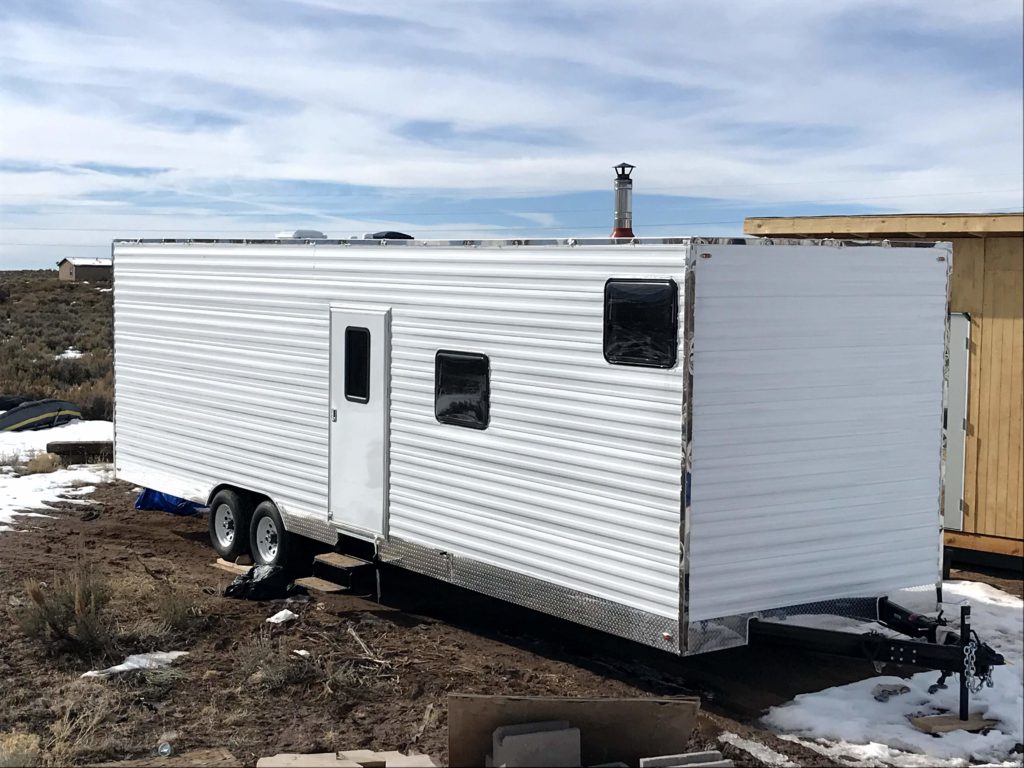
Erik Johnson, the person who pioneered mold avoidance and recovered from severe ME/CFS, was the first person to experiment with building a custom metal housing unit, in his case, a truck camper:
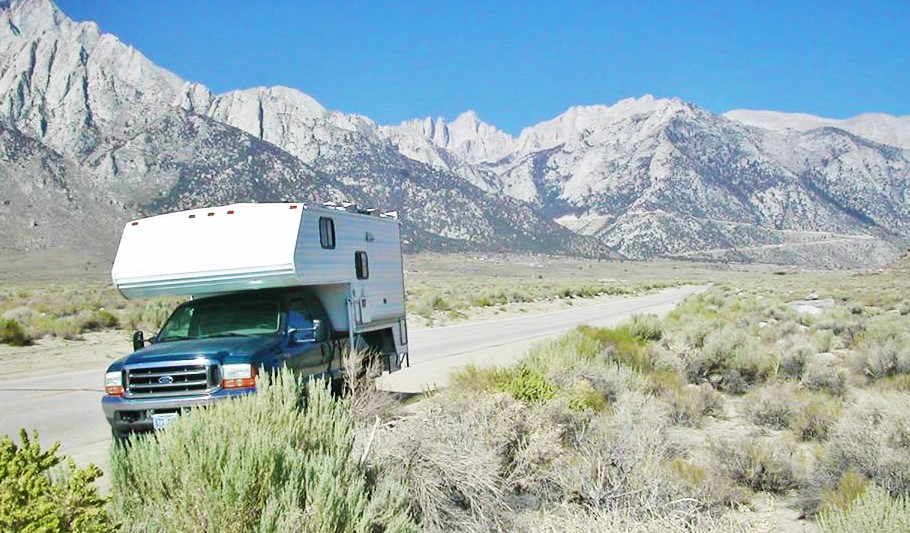
Erik has owned his custom-built camper for more than 15 years, and credits it with saving is life. Many mold avoiders have followed in his footsteps.
Before building my own custom metal Rv, I slept for more than 300 nights in the back of my Dodge Ram pickup truck under an aluminum camper shell. It took me a little while to get used to doing this, but my health improvements were monumental. And, as people will come to realize, health is EVERYTHING. If you can have health, everything in life is easier and better. Here is the sleeping setup I used in the back of my truck:

A family friend is dealing with leukemia at the moment, and part of her treatment protocol during the immunosuppression of the chemotherapy treatment is to remain in isolation, behind a glass wall. She is not even able to interact with her husband or small children. It is very sad. But no one questions whether it is worth it to her or not. She has decided she wants to try to recover, and everyone, including her family, friends, insurance company, physicians, employer – EVERYONE is supporting her in that decision. Leukemia patients are often required to be isolated, like this:

Now, by living in metal housing, I am far from a leukemia patient. I am often feeling very well, and able to work, be productive, raise my kids, live a somewhat-normal life, climb mountains, and be healthy. Here is a picture of me, on a recent hike:
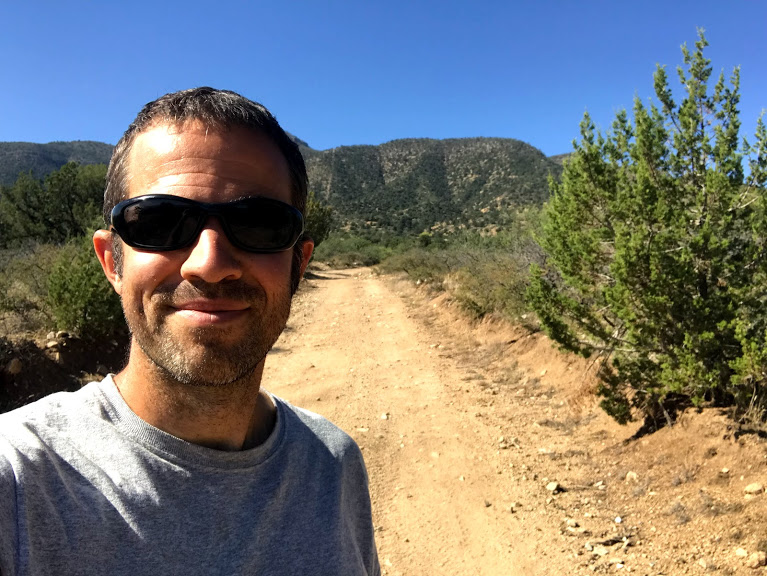
So, what am I asking from you, the reader? Nothing, other than simply supporting and accepting the needs of mold avoiders, in the pursuit of our best life, and best health, in a way that is not a burden or harm to other people (living in alternative housing). In the same way that you accept cancer patients, and their doing the best they can to live their best lives.
One day, I hope our needs for alternative housing are as well-recognized as a cancer patients’ needs. Because currently, we have almost no support at all. Insurance companies, doctors, friends, family – no one understands or offers validation or support. So that makes this a very tough road to walk, indeed. But one that we find worthwhile, and falls into the category of our right to Life, liberty, and the pursuit of happiness.

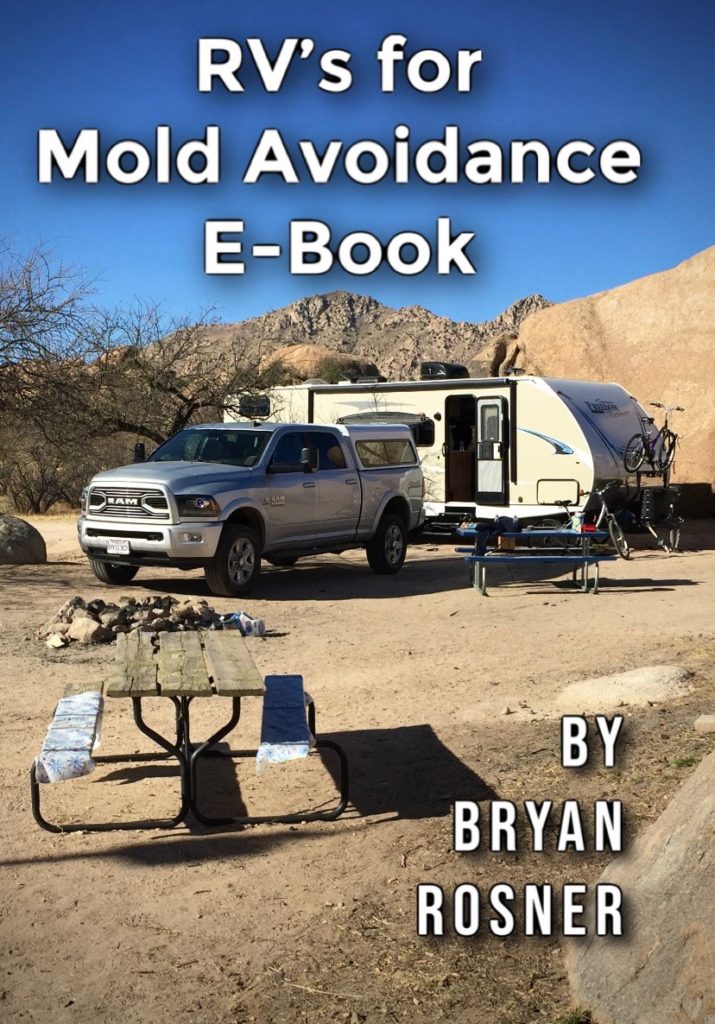
You must log in to post a comment. Log in now.